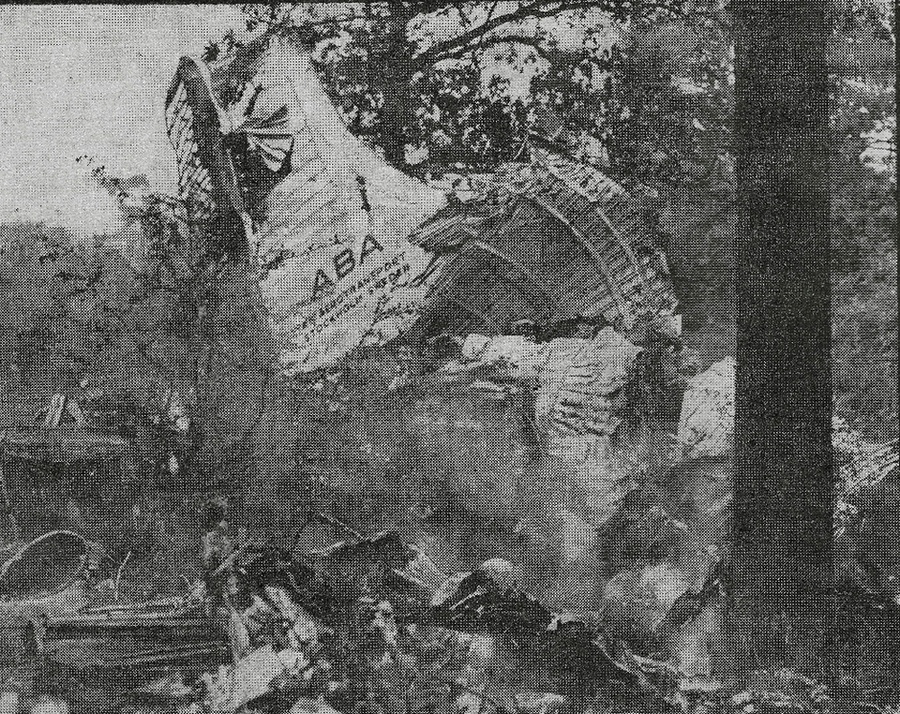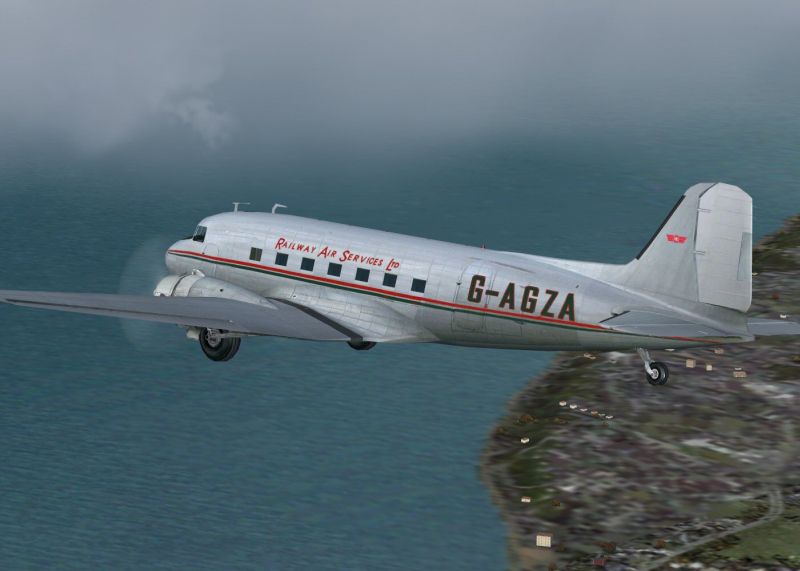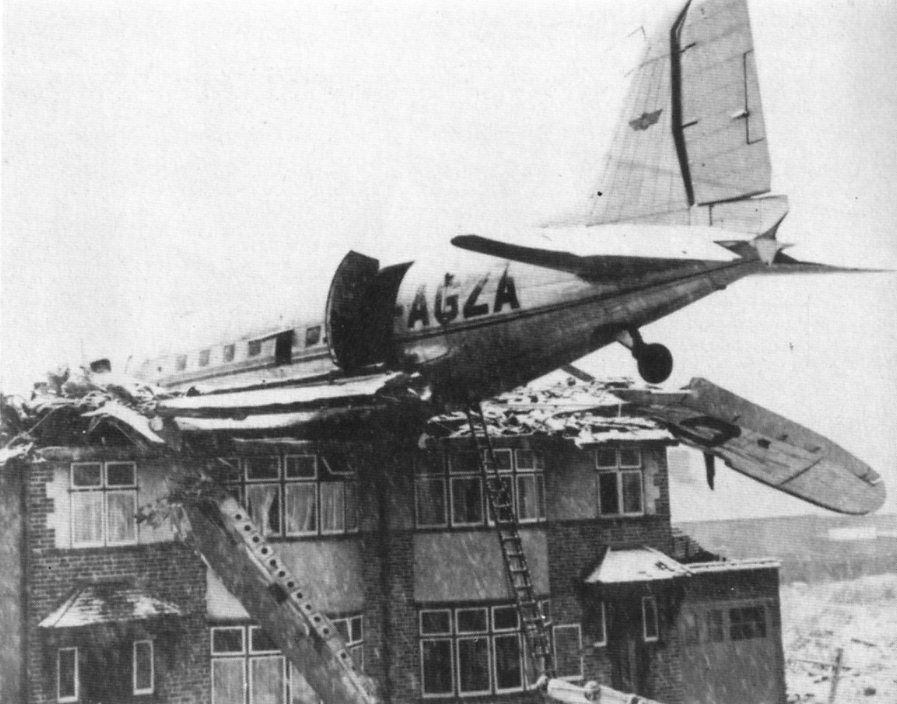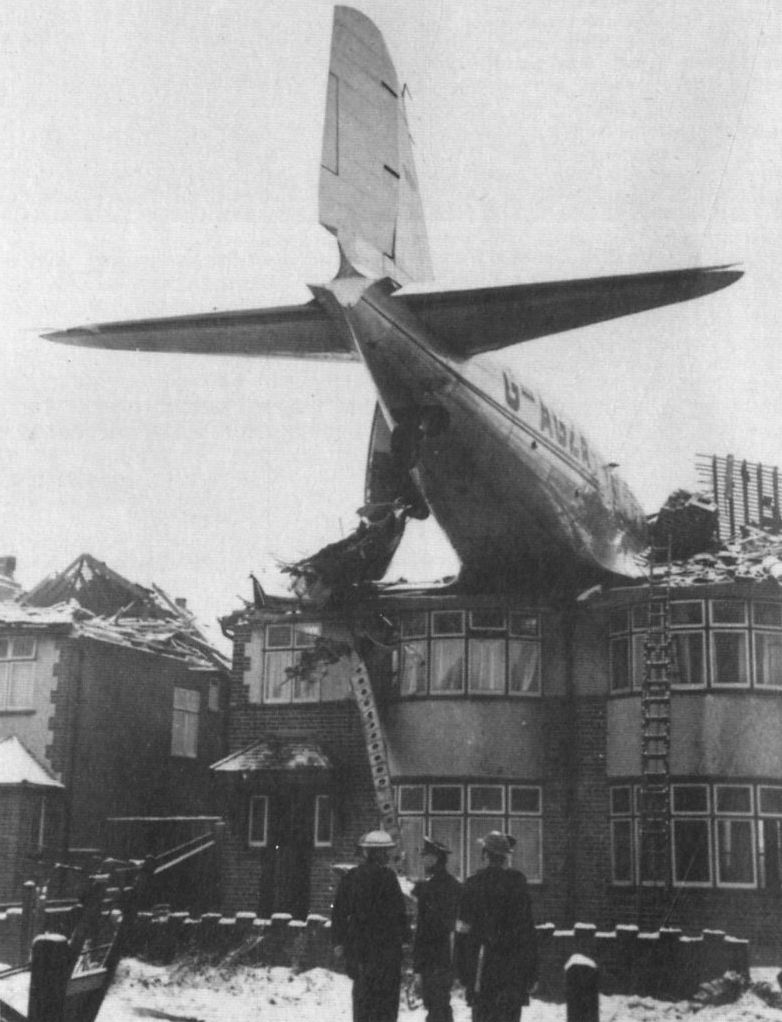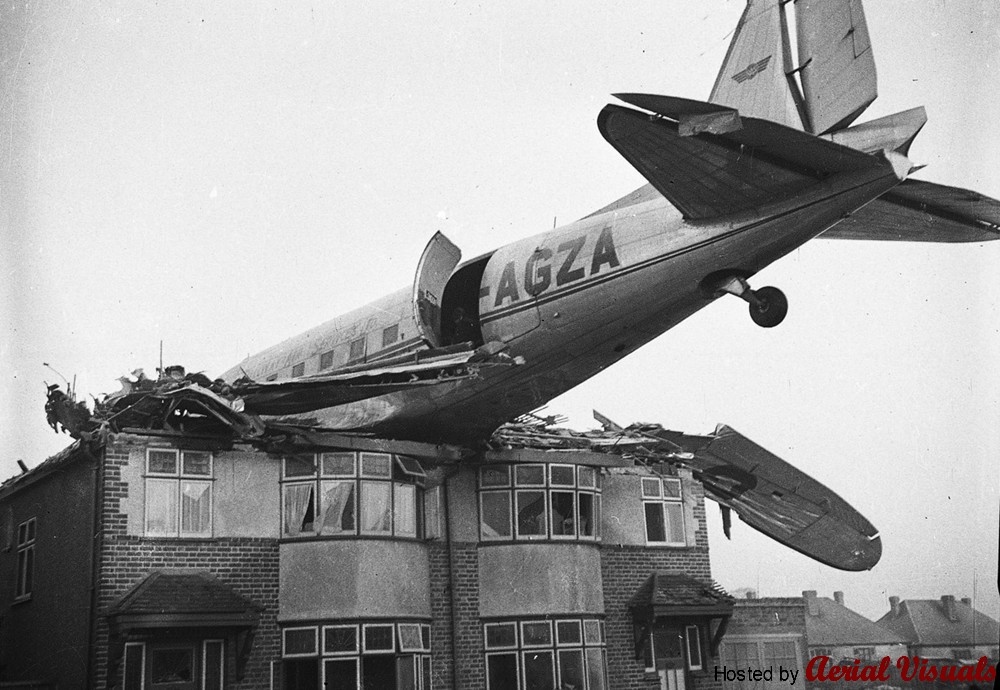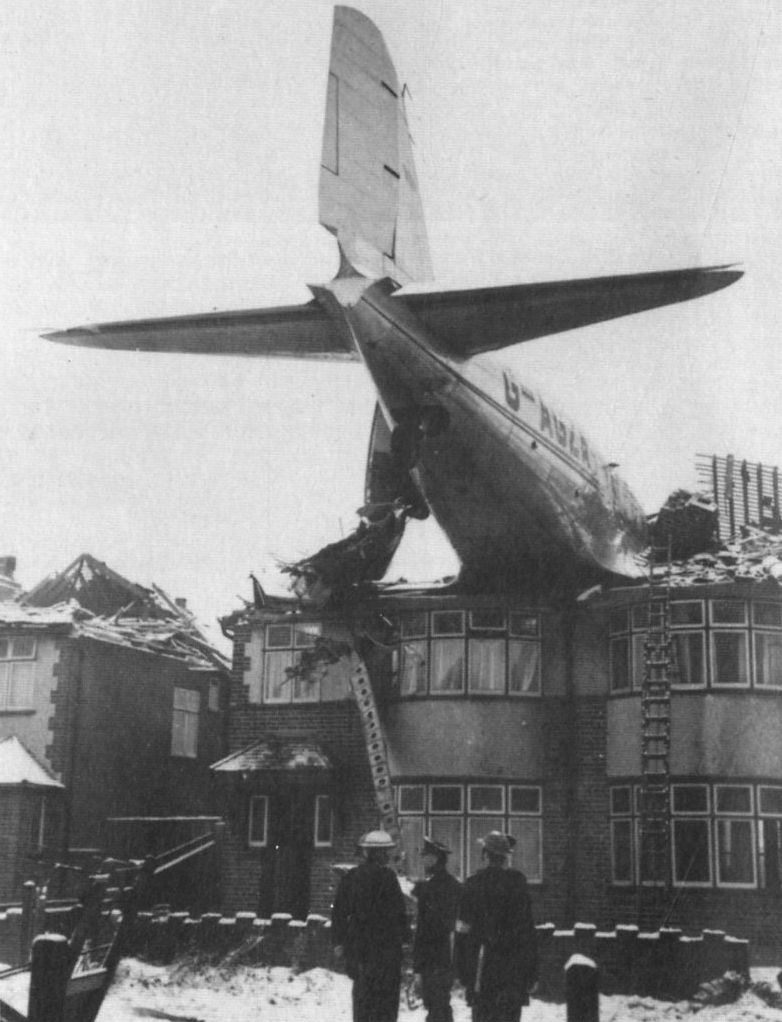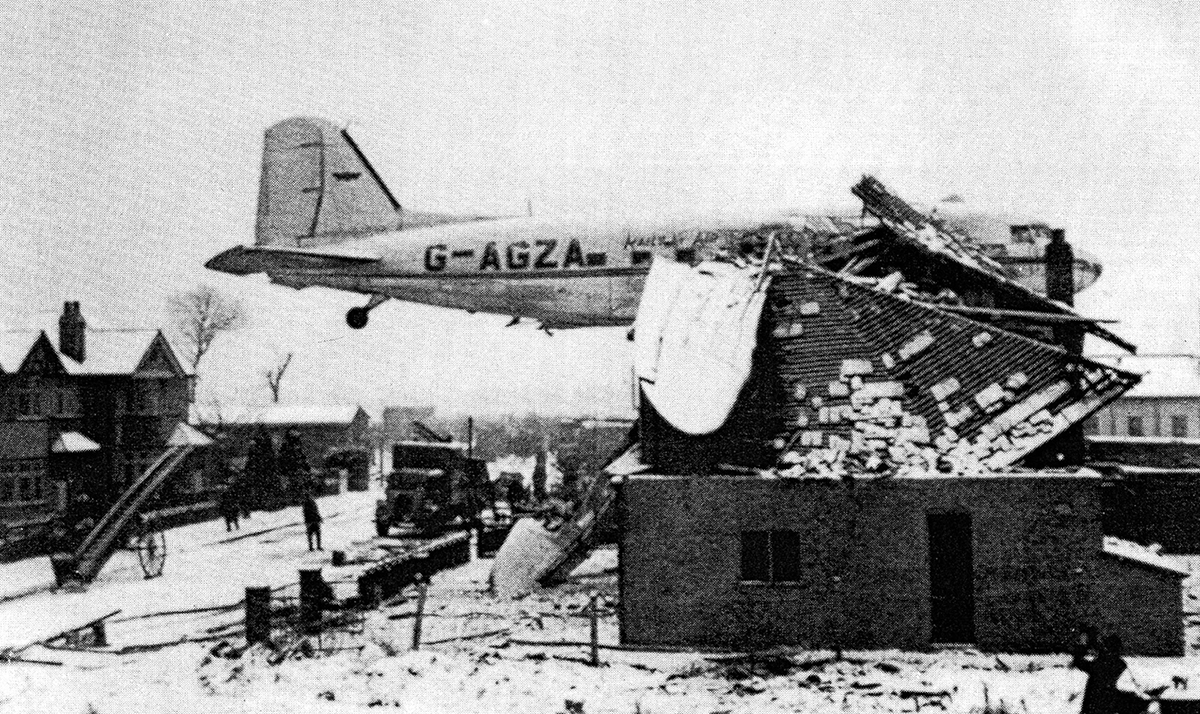Crash of an Avro 685 York C.1 in Wünsdorf AFB
Date & Time:
Sep 23, 1948
Registration:
MW245
Survivors:
Yes
Schedule:
Wünsdorf – Northolt
MSN:
MW245
YOM:
1946
Crew on board:
4
Crew fatalities:
Pax on board:
0
Pax fatalities:
Other fatalities:
Total fatalities:
0
Circumstances:
During the takeoff roll, the aircraft suffered severe vibrations with the ailerons and the captain decided to abort the takeoff procedure. He realized that it would not be possible to stop the aircraft within the runway end, so he raised the undercarriage and the aircraft sank on its belly. It then slid for several yards, overran and came to rest against an earth mound. All four crew members were unhurt while the aircraft was damaged beyond repair.
Probable cause:
The exact cause of the accident remains unknown but it was reported that a maintenance was made on the aircraft shortly before the accident. It is understood that some mechanics failed to follow some maintenance procedures and that certain parts were not original, which was considered as a contributory factor.




